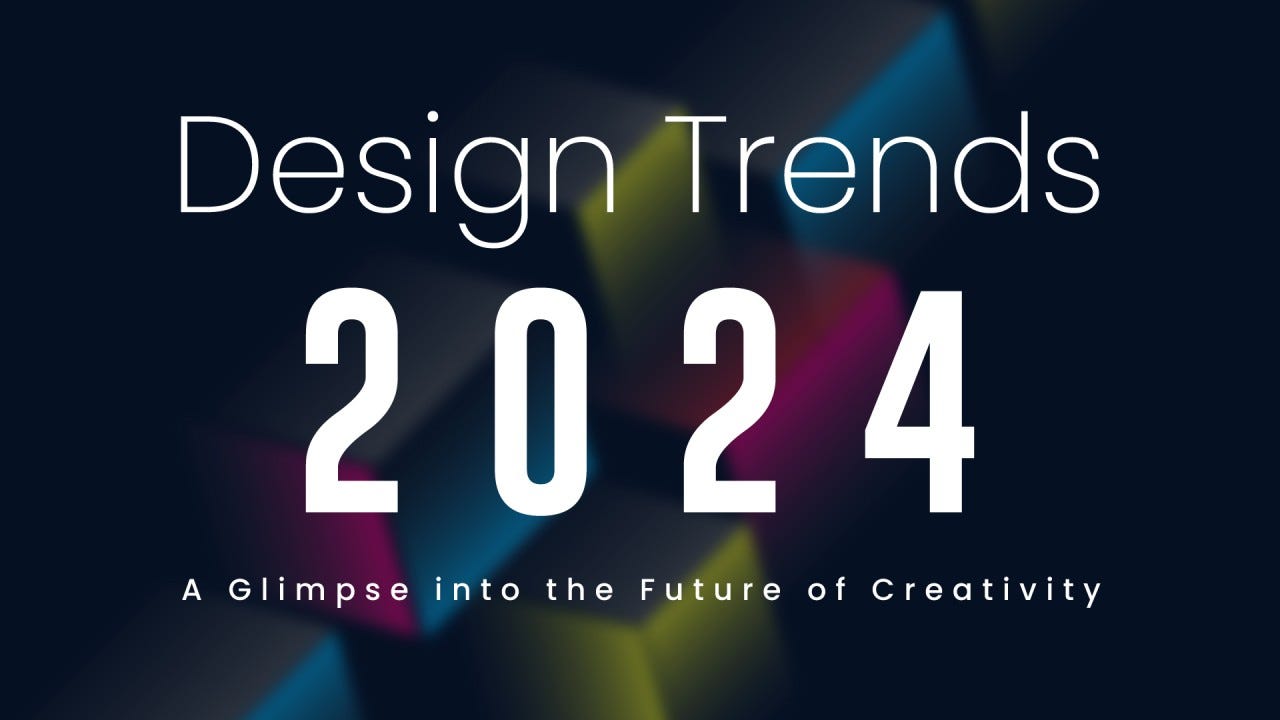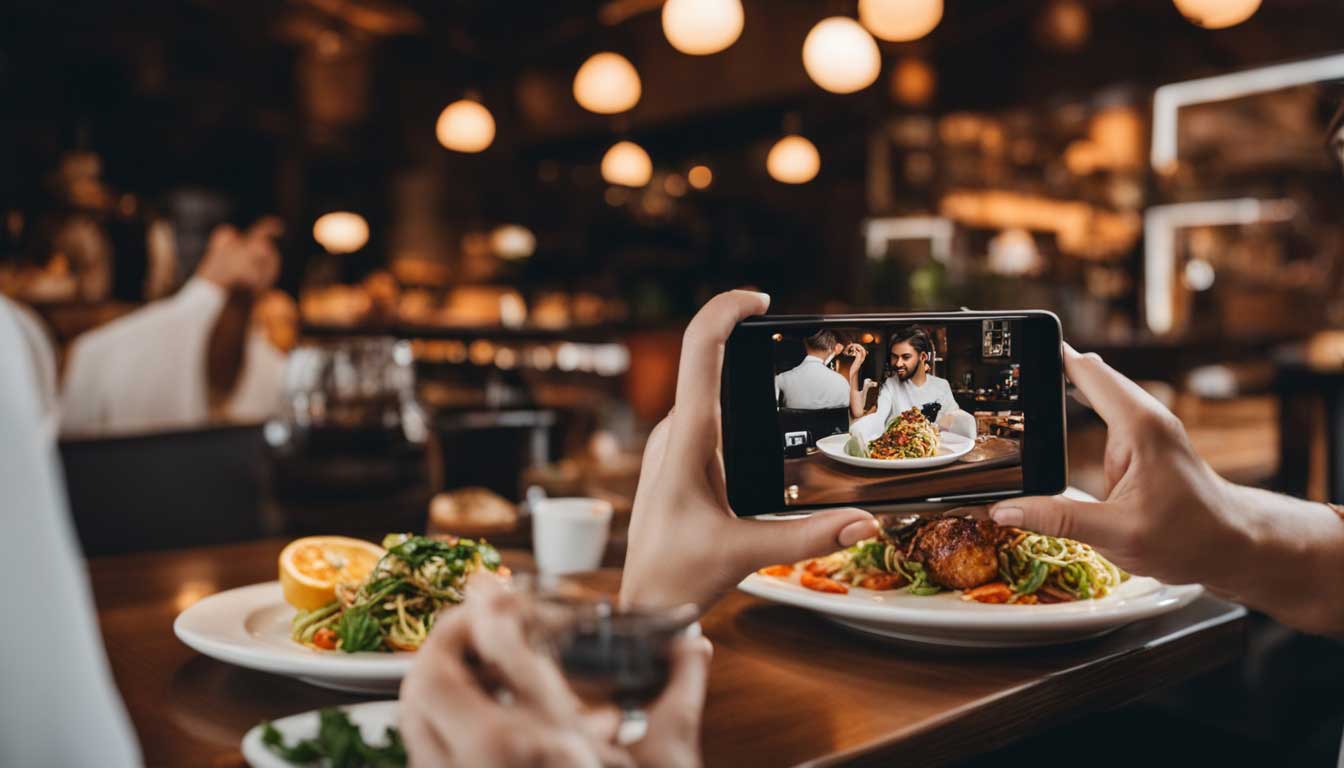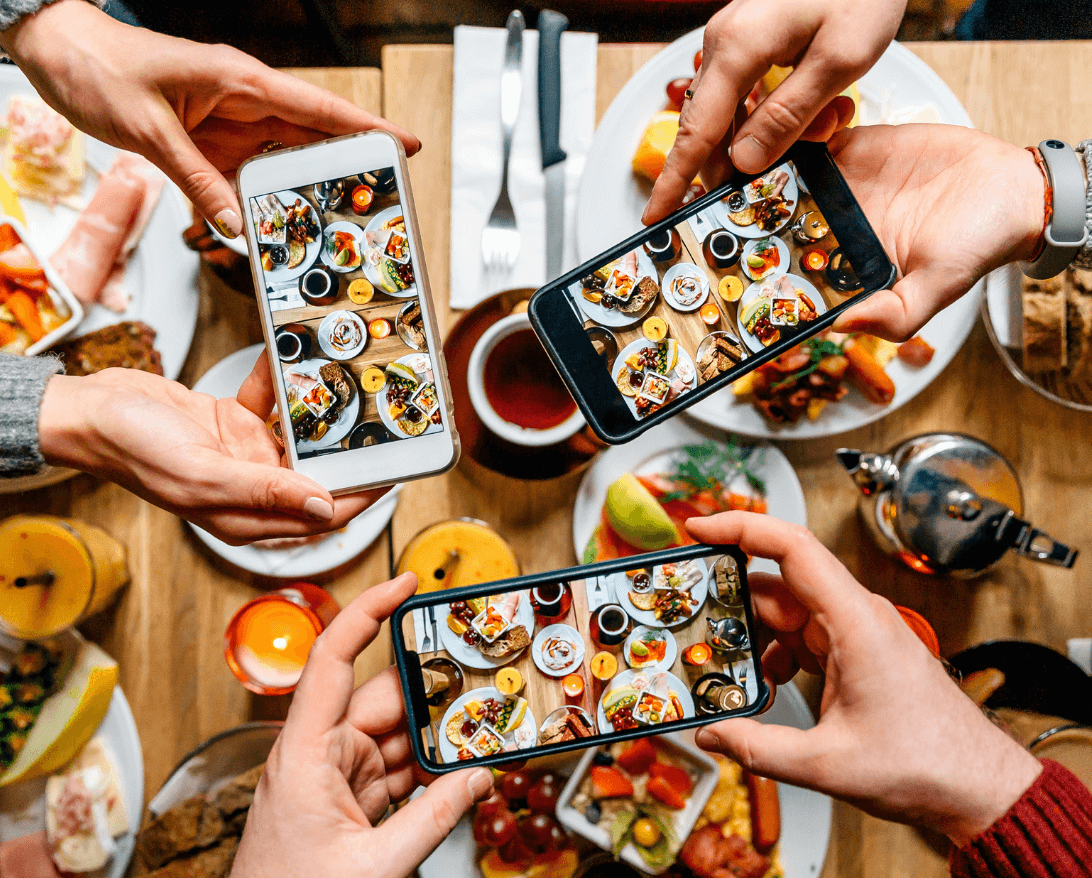The digital landscape for food and beverage brands is evolving rapidly, with consumers expecting more from the websites they visit. As we move into 2024, several design trends are emerging that resonate deeply with today’s audiences. Whether you’re just starting your food brand or looking to revamp your existing online presence, staying on top of these trends is crucial for standing out in a competitive market.
1. Immersive Visual Storytelling
Consumers are drawn to brands that tell a compelling story, and visuals are the most powerful tool in your arsenal. In 2024, expect to see more food and beverage websites using full-screen images, video backgrounds, and interactive animation / motion design content to immerse users in their brand’s story. High-quality food photography and video content are essential to this trend, creating an emotional connection that goes beyond mere product descriptions.
2. Sustainable Design Elements
Sustainability is no longer just a buzzword; it’s a core value for many consumers. Websites that incorporate eco-friendly design elements—such as earth-tone color palettes, recycled textures, and content focused on sustainability—are likely to resonate more with environmentally conscious consumers. Brands can also highlight their sustainable practices directly on their website, reinforcing their commitment to the planet.
3. Personalized User Experience
Personalization is key in the modern digital age. Websites that use data to tailor the user experience—such as recommending products based on past behavior or offering personalized recipe suggestions—will see higher engagement and conversion rates. Implementing AI-driven tools to customize the user journey can significantly improve customer satisfaction and loyalty.
4. Mobile-First Design
With the majority of users accessing websites through their mobile devices, a mobile-first design approach is non-negotiable in 2024. This means designing your website primarily for mobile users and then adapting it for desktop. Features like simplified navigation, quick-loading pages, and touch-friendly interfaces are critical to ensuring a seamless mobile experience.
5. Interactive Product Demos
Interactive elements are becoming increasingly popular, particularly in the food and beverage sector. Features like virtual tastings, 360-degree product views, and interactive cooking demonstrations allow users to engage with your products in new and exciting ways. These tools not only make your website more engaging but also help in converting browsers into buyers.
6. Transparency and Traceability
Consumers are more concerned than ever about where their food comes from. Websites that offer transparency, such as sourcing maps, ingredient traceability, and detailed product origins, are likely to build greater trust with their audience. This trend ties in with the broader consumer demand for ethical and transparent business practices.
7. Clean and Minimalist Aesthetics
Less is more in 2024. Clean, minimalist designs with ample white space help to draw attention to what matters most—your products. A minimalist approach can also improve load times and make your website easier to navigate, both of which are crucial for keeping users engaged.
8. Enhanced Accessibility
Inclusivity is becoming a priority for web design. Ensuring that your website is accessible to all users, including those with disabilities, is not just a legal requirement but also a reflection of your brand’s values. Features such as text-to-speech options, keyboard navigation, and alt text for images are essential for creating an inclusive online experience.
9. Engaging Content Strategies
Content remains king, but how that content is delivered has evolved. In 2024, expect to see more brands leveraging blogs, recipes, user-generated content, and social media integration to engage their audience. Consistent, high-quality content that reflects your brand’s voice and values will help you build a loyal following.
10. E-commerce Integration with AR
Augmented Reality (AR) is making waves in e-commerce, allowing customers to visualize products in their own space before making a purchase. For food and beverage brands, this could mean seeing how a product fits into a home kitchen or viewing detailed nutritional information with a simple scan. AR can enhance the shopping experience, making it more interactive and informative.
How to Implement These Trends: A Step-by-Step Guide
1. Market Research
Before diving into design, conduct thorough market research to understand your target audience’s preferences, behaviors, and expectations. Identify gaps in the market that your brand can fill, whether it’s a unique product offering or a new way to engage with consumers online.
2. Identifying Market Gaps
Use your research to pinpoint areas where your competitors are lacking. This could be in their product range, the user experience of their website, or the way they communicate their brand values. Understanding these gaps will inform your website design and content strategy.
3. Product/Recipe Development
Develop products or recipes that meet the needs identified in your research. Ensure that your website highlights these offerings in a way that appeals to your target audience, using the trends discussed above to enhance the presentation.
4. Scaling Production
As you scale your production, your website should evolve to reflect this growth. Consider adding features like subscription models, bulk ordering options, or a “behind-the-scenes” look at your production process to engage customers.
5. Packaging Design
Your packaging and website design should work hand in hand to create a cohesive brand identity. Highlight the unique aspects of your packaging on your website, such as sustainability, convenience, or innovative design.
6. Website Design
Finally, bring all these elements together with a website that not only looks great but also functions seamlessly. Incorporate the latest design trends to create an online experience that resonates with your audience and drives conversions.
Staying ahead of the curve with your website design is crucial in the competitive food and beverage industry. By implementing these top trends for 2024, you can create a website that not only looks fantastic but also offers an engaging, personalized experience for your customers.
At NOVO MxC, we specialize in helping food and beverage brands create stunning, high-performing websites that capture the essence of their brand. Whether you’re launching a new product or refreshing your existing site, our team can help you every step of the way.
Ready to elevate your brand’s online presence? Visit our homepage to learn more about our services and see samples of our work. Let’s create something amazing together!




